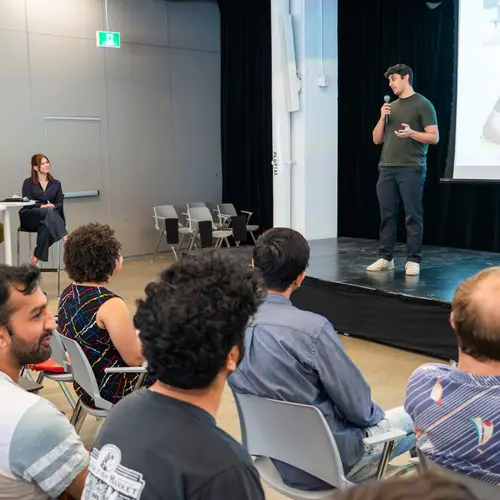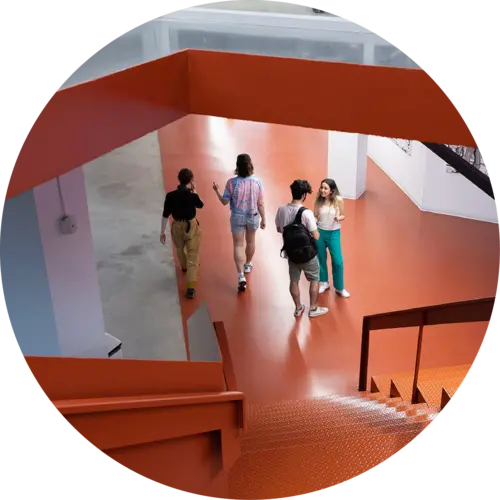
Aaron Courville
Biographie
Aaron Courville est professeur au Département d'informatique et de recherche opérationnelle (DIRO) de l'Université de Montréal et Directeur scientifique à IVADO. Il a obtenu son doctorat au Robotics Institute de l'Université Carnegie Mellon.
Il est l'un des premiers contributeurs à l'apprentissage profond, membre fondateur de Mila – Institut québécois d’intelligence artificielle. Avec Ian Goodfellow et Yoshua Bengio, il a coécrit le manuel de référence sur l'apprentissage profond.
Ses recherches actuelles portent sur le développement de modèles et de méthodes d'apprentissage profond. Il s'intéresse particulièrement à l'apprentissage par renforcement, à l'apprentissage par renforcement multi-agents, aux modèles génératifs profonds et au raisonnement.
Aaron Courville est titulaire d'une chaire en IA Canada-CIFAR et d'une Chaire de recherche du Canada (CRC) en généralisation systématique. Ses recherches ont été soutenues en partie par Microsoft Research, Samsung, Hitachi, Meta, Sony (bourse de recherche) et Google (bourse de recherche ciblée).


